










Tran Luu Quang, member of the Party Central Committee and Secretary of the Ho Chi Minh City Party Committee, announced in a recent conference that the city had previously allocated land at Nha Rong Wharf area to an investor for a commercial housing project. However, the Standing Board of the Ho Chi Minh City Party Committee has now agreed to cancel the project to reserve the land for expanding the Ho Chi Minh Cultural Space — one of the city’s future symbolic works.















![[In Pictures] President Luong Cuong receives Governor of Kaluga Province](https://en-cdn.nhandan.vn/images/5992a12dd6e78b9bfb434962ff18307331f51c4c3a3e5fcfcd42f0234766d9c450eca9ae12f5f315618dafdb06cbe64c344b9404599dcafdc84ae4ddd5452acc/251125-ctn-3.jpg.webp)

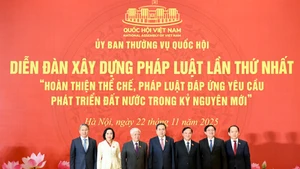
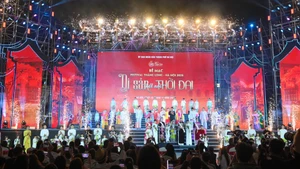
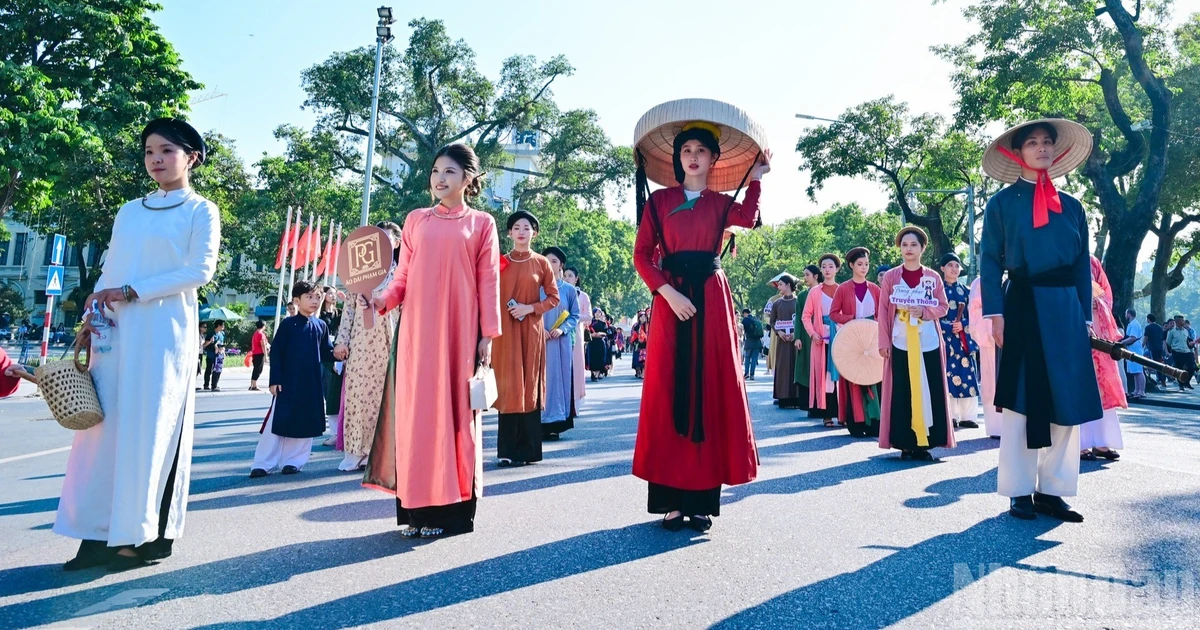
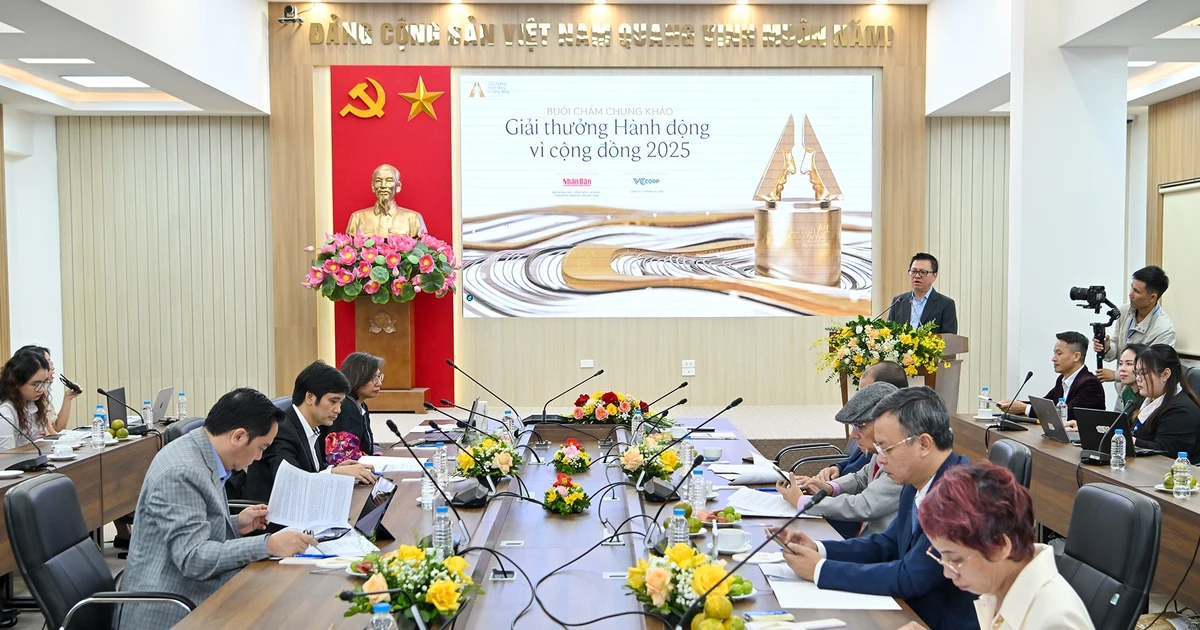


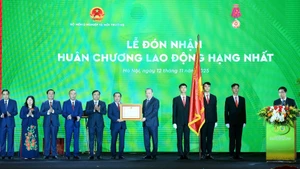
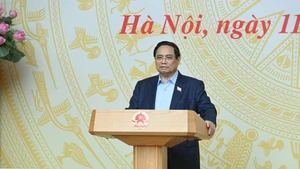

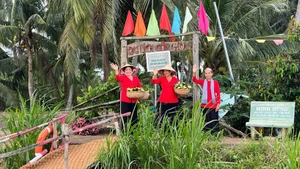
![[In Pictures] Prime Minister Pham Minh Chinh attends the 28th ASEAN–China Summit](https://en-cdn.nhandan.vn/images/9f233ae74386156ace55673ec5a8ea37e208594c0b00f810b1db6bf99cb6ec1976e6fe492f9ec23333f4759b3b129a00987a6b4eee1f00b224fdaf6319756cb4cacfe4e39b1f3daa556b59a6d7713fb0d91c70638fbb96d85a85662ddc40f58983795d17c533b693e0b0b0af9f9150431f93393deb44af7ba936cb09f8252090/vna-potal-thu-tuong-du-hoi-nghi-cap-cao-asean-trung-quoc-lan-thu-28-8368557-3355.jpg.webp)